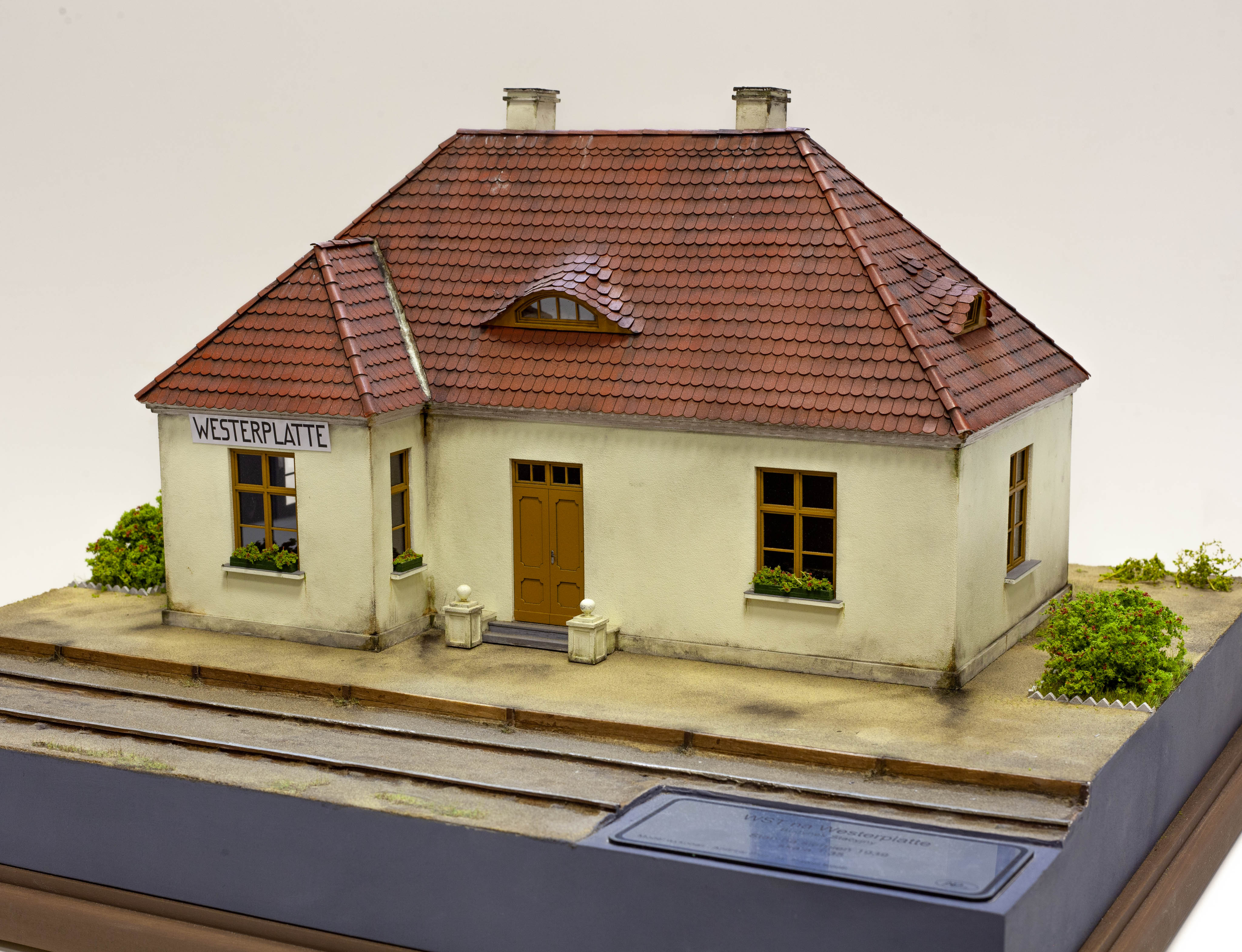Our job here at Toucan System is not limited to theoretical musings and converting these into code by our programmers and into images by graphic designers. An inherent part of our work is going out into the field to get to know the places our applications or our fruit-line computers will be calling home. It is those visits that allow us to test our ideas out in practice and make sure they match local surroundings, and those never cease to surprise. We therefore decided to give our readers a glimpse into that part of our job as well though the eyes of those who take part in those field trips.
Today at Toucan Systems we faced an interesting task. As part of one of our current projects we had to create a fairly detailed 3D model of the area surrounding Westerplatte ( Westerplatte is a peninsula in Gdańsk, Poland, it is famous for the Battle of Westerplatte, which was the first clash between Polish and German forces during the invasion of Poland and thus the first battle of the European theatre of World War II). Our tools of choice to complete this task were: the Drone and DSLR. Using those we intended to take a few snapshots of the neighbourhood in order to create a simplified geometric model and then take additional photographs of fetching architectonic details of the old watchhouses and other surrounding buildings recreating as part of available dioramas. The step after that would be creating these objects based on those photographs and turning them into a backdrop for a virtual staging of the Battle of Westerplatte, you will no doubt yet hear about.
Unfortunately our first shooting day the weather was absolutely ghastly rendering the entire days’ photoshoot worthless. We therefore had no choice but to move on to stage two and start photographing the models of pre WWII buildings located on the Westerplatte Peninsula.
A decision was taken to take pictures using a tripod in a fairly evenly lit, bright room. Pictures were taken from one perspective using a camera set on a tripod, rotating the diorama around its axis. The quality of the archived result was already fairly good, however as always there was room for improvement. Unfortunately, due to the lack of an evenly cut off background and a clearly defined horizon line at the interface of the image with the hero and the office table, the automatic algorithm did not clearly specify where the “back” of the solid is actually. Therefore the next step was to remove the background from all the photographs, so as not to confuse the algorithm with a fixed horizon. After that we normalized the photos throughout the entire sample set and re-rendered them.
Join us for our next reports from the field soon!





